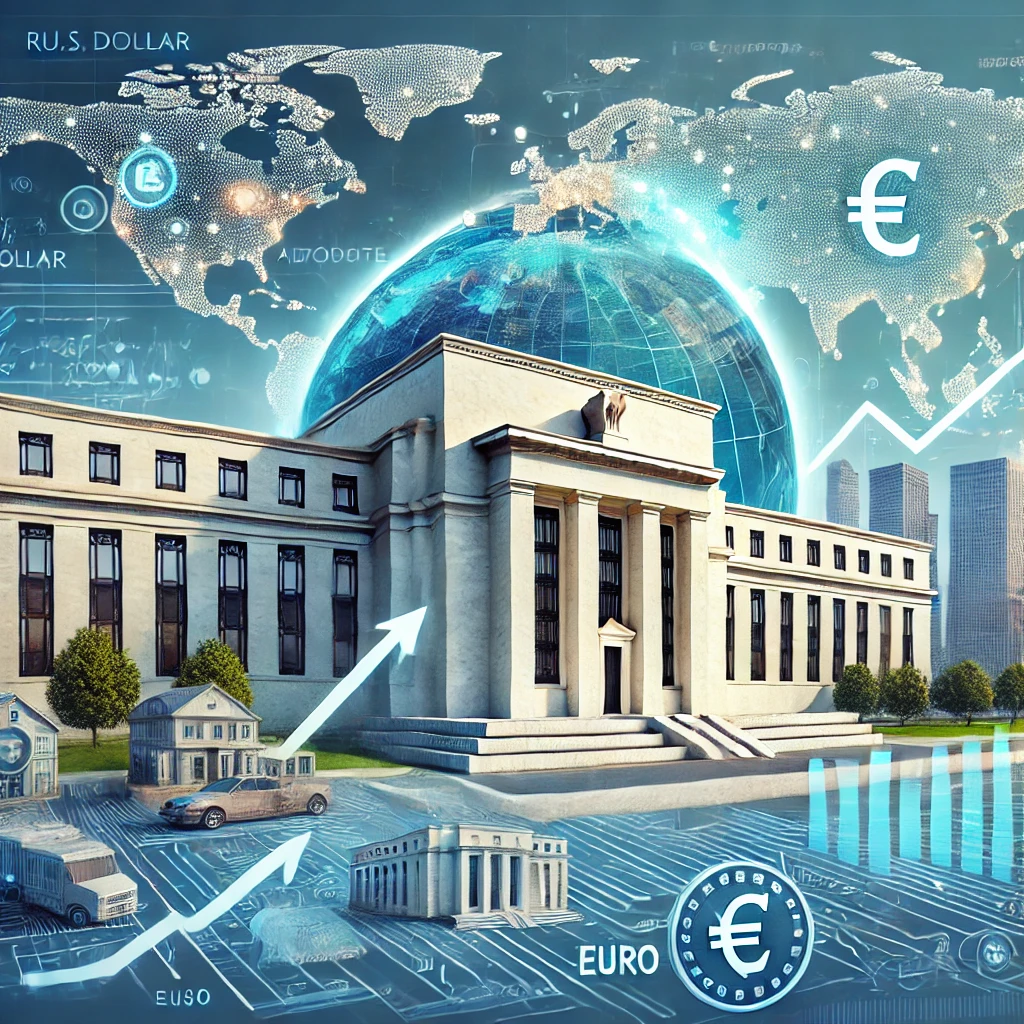The Federal Reserve’s recent decision to reduce interest rates marks a significant shift in global economic policy. After years of raising rates to combat inflation, this policy change is expected to boost business investment, consumer spending, and overall economic activity both in the U.S. and abroad.
Boosting U.S. Business Activity
Lower interest rates reduce the cost of borrowing, allowing businesses to finance new projects at a cheaper rate. This can particularly benefit industries such as real estate, automotive, and manufacturing. For instance, with lower mortgage rates, housing markets may see increased activity as more consumers find home loans affordable. Companies like Tesla and General Motors could benefit from increased consumer demand due to reduced vehicle financing costs, leading to higher production and job creation.
The knock-on effect of this could improve employment figures, injecting more disposable income into the economy. This reinforces consumer confidence, further accelerating growth across various sectors.
Global Repercussions
Globally, U.S. monetary policy has a ripple effect, especially for nations with strong trade ties to the American economy. A reduction in U.S. interest rates can lead to a depreciation of the dollar, which can influence export prices from countries like China. As the dollar weakens, Chinese goods may become more expensive in the U.S., affecting China’s trade surplus and its currency policies.
Similarly, European economies are expected to feel the effects of this shift. The European Central Bank has already responded by cutting its policy rate twice this year. Lower borrowing costs across the Eurozone could spur investments in companies like Airbus and BMW, helping them strengthen their positions in global markets.
Benefits and Risks for Emerging Economies
Emerging economies may experience mixed results. On the one hand, countries with U.S. dollar-denominated debt could see relief as lower rates reduce their interest payment burdens. This creates fiscal space for spending on infrastructure, social programs, and development projects. However, these nations must be cautious, as sudden changes in global capital flows could lead to currency volatility and economic instability.
Expanding Labor Markets
The Fed’s decision to lower interest rates could have a profound impact on the labor market in the U.S. Businesses benefiting from lower borrowing costs are more likely to invest in new projects, leading to job creation. This is particularly important as concerns over unemployment continue to grow.
Sustainable Growth over Inflation Control
As inflation pressures ease, central banks are shifting their focus from price stability to promoting sustainable growth. Lower inflation allows for more aggressive expansionary policies, like rate cuts, without the immediate threat of overheating the economy. This shift may help economies strike a balance between growth and financial stability in the long term.
Consumer and Investor Outlook
For consumers, lower interest rates mean cheaper loans for mortgages, cars, and other large purchases. However, savers could see diminished returns on deposits, pushing them to seek higher returns in stocks and other investments. This could lead to a surge in stock market activity as investors chase better yields.
Conclusion
The Federal Reserve’s interest rate cuts will likely have widespread implications for both the U.S. and the global economy. While cheaper borrowing costs are expected to stimulate economic activity, businesses and governments will need to navigate the potential long-term risks of financial instability. The global economic landscape remains interconnected, and the Fed’s actions will undoubtedly shape the policies and strategies of other nations.
Homasa, as your trusted consulting partner, is here to help businesses and investors navigate these changing economic tides with strategic insights and tailored solutions.




